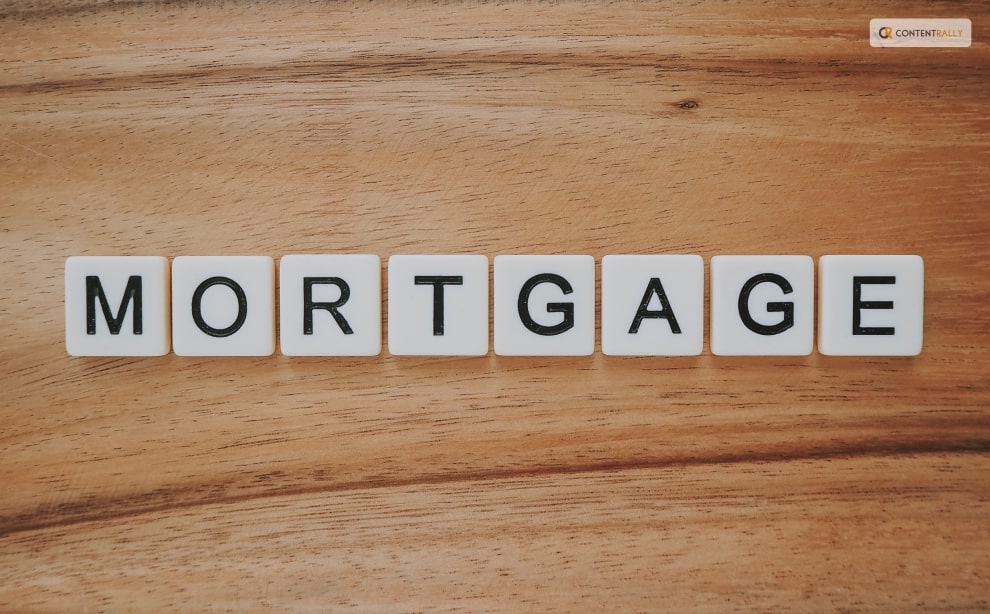As we grow older, financial choices become ever more essential, especially when it involves capitalizing on the value of our homes. For a significant number of seniors, their home is not only a cherished possession but also their most valuable asset. Despite being a lesser-discussed aspect of mortgage conversations – with only 1.3% of Americans currently leveraging reverse mortgages – these financial instruments are gradually gaining attention. As an increasing number of senior homeowners explore means to secure their retirement years, reverse mortgages are likely to emerge as preferred financial tools.
On the other hand, annuities provide another robust mechanism for retirement planning. Primarily used to secure a steady income during the post-retirement years, annuities are contracts with insurance companies that offer a stream of payments in return for an initial investment. This type of investment, while more traditional and broadly understood than reverse mortgages, offers its own set of advantages and challenges.
Now, It’s natural to experience confusion while exploring the complex world of reverse mortgages and annuities. Although they share a common goal, these financial products diverge notably in their structure, payout mechanisms, and implications for borrowers. To shed light on these subtle differences and help you make an informed decision, let’s delve deeper into these options.
Unraveling The Concept Of Reverse Mortgages

A reverse mortgage, typically available to homeowners aged 62 or older, is a special type of home loan that enables them to convert a portion of their home equity into cash. In contrast to conventional mortgages, which require the borrower to make regular payments to the lender, a reverse mortgage operates inversely – it’s the lender who makes payments to the homeowner.
Reverse mortgage payments can be taken in various forms: a lump sum, as monthly installments, or as a line of credit, offering significant flexibility to the homeowner. It’s essential to underline that the borrower retains ownership and can live in the house until they choose to move or pass away.
The loan, including interest and fees, is repaid when the homeowner either sells the home, permanently moves out, or passes away. If the homeowner passes away, the heirs can pay off the loan and keep the house or sell the home and use the proceeds to pay off the loan.
If you are considering the option of a traditional reverse mortgage, your most advantageous step is to connect with seasoned reverse mortgage loan officers from a reputable financial organization. They are not only knowledgeable financial advisors but also trusted guides who can help elucidate the wide-ranging implications of such a decision.
These experts are adept at assisting you in reviewing your long-term financial strategies and providing insightful advice on whether this financial tool harmonizes with your objectives. In addition, they are equipped to comprehensively detail any potential negatives a loan of this kind could pose for your future financial health and its possible influence on your estate.
Explaining Annuities
An annuity is a financial instrument that is bought from an insurance firm. In exchange for a lump sum payment or series of payments, the insurance company promises to make regular payments to the purchaser either immediately or at some future date.
There are different types of annuities, including immediate, deferred, fixed, and variable. Each has different benefits, drawbacks, and risks associated with it.
Advantages of Annuities:
- They provide a guaranteed income stream, often for life, reducing the risk of outliving your savings.
- They can be tailored to meet specific needs with various payout options.
- Some annuities offer the opportunity for growth based on market performance.
Disadvantages of Annuities:
- They can be complex.
- Once the money is invested in an annuity, it is often inaccessible without penalty for a period of time.
- Returns on annuities can sometimes be lower than on other investments.
Reverse Mortgages Vs. Annuities: Key Differences
While both reverse mortgages and annuities aim to provide a steady income stream, their mechanisms and the nature of the assets involved are quite distinct. Reverse mortgages involve leveraging home equity. Under this arrangement, the homeowner, rather than making payments, actually receives payment, shifting the associated risk towards the property value and potential depletion of home equity. On the other hand, annuities necessitate an investment, often derived from savings or income.
Unlike reverse mortgages, an annuity requires the owner to make an initial payment or series of payments in anticipation of future disbursements. The associated risk with annuities primarily resides in the investment itself and the insurer’s ability to fulfill their payment obligations.
Concluding Thoughts
Both reverse mortgages and annuities offer potential pathways to secure financial stability during retirement, each with unique benefits and risks. Whether capitalizing on home equity through reverse mortgages or investing in annuities for a steady income stream, the choice hinges on an individual’s financial position, retirement goals, and risk tolerance. While reverse mortgages primarily cater to homeowners, annuities require an upfront investment, underscoring the necessity to thoroughly understand these instruments.
Engaging with trusted financial advisors can prove invaluable in navigating these decisions, allowing for a comprehensive analysis of one’s needs and the best strategy to meet them. As we delve into these complex financial tools, it becomes evident that informed decisions can pave the way to a secure and comfortable retirement.
Learn More About:






















